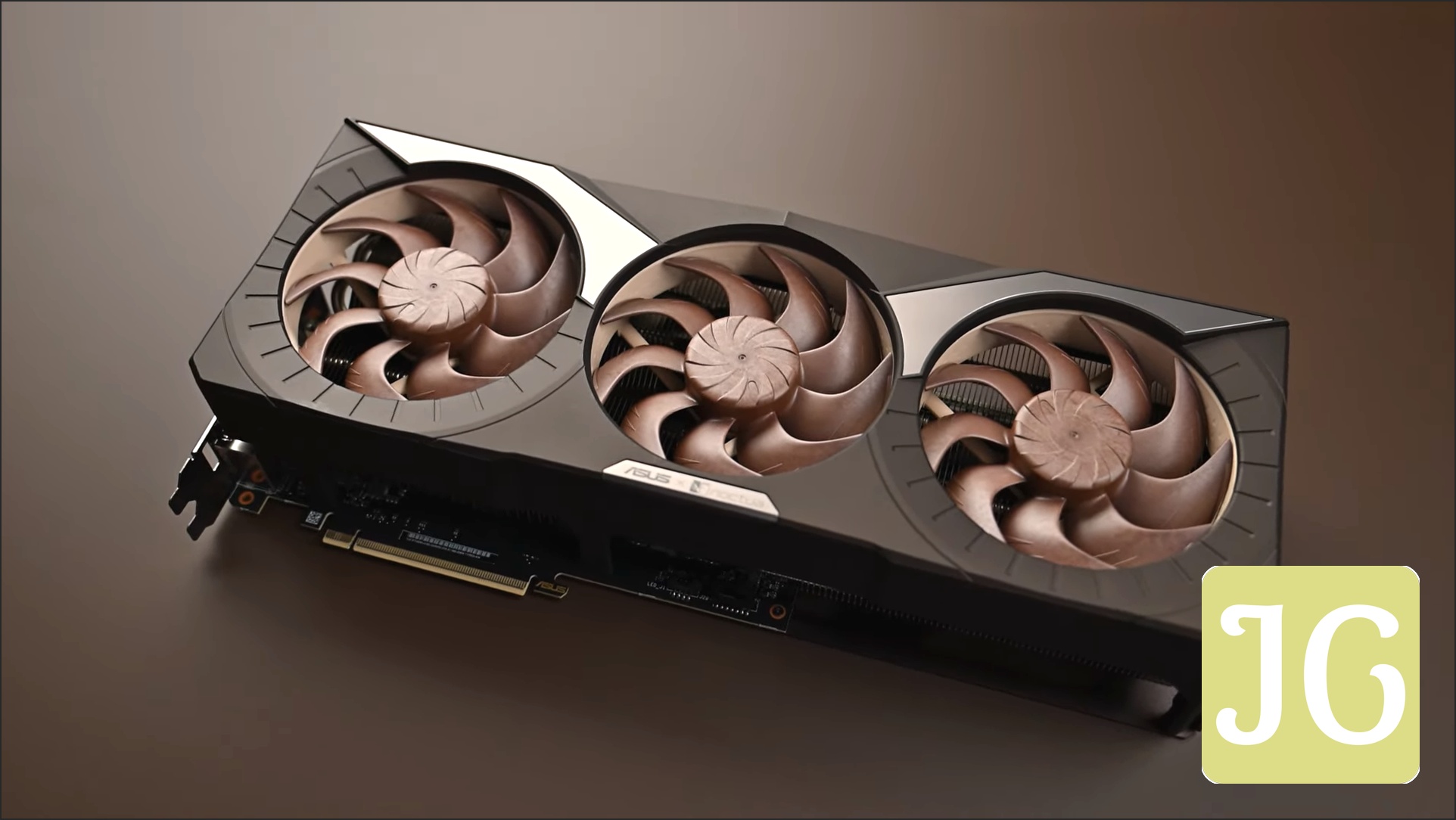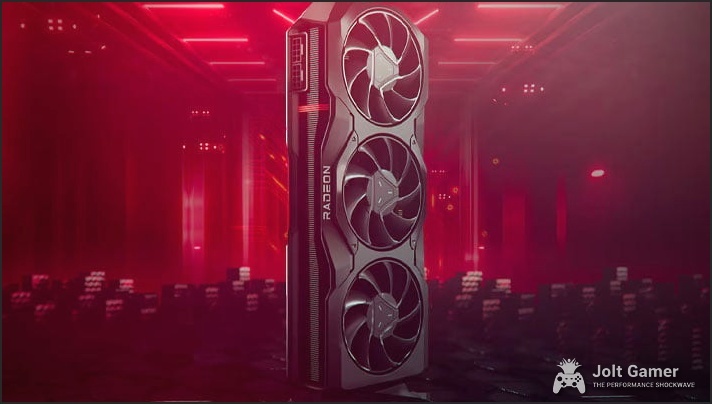The Silent Battle: Why NVIDIA’s AI Ambition is Holding Back the Ultimate RTX 5090 Noctua Gaming GPU
Key Takeaways
- The ASUS RTX 5080 Noctua Edition is a marvel of quiet air cooling, setting new standards for thermal performance on a gaming GPU, proving that air can indeed tame high-end silicon silently.
- Enthusiasts are desperately calling for an RTX 5090 Noctua Edition, but NVIDIA’s crucial GB202 die supply is currently being heavily prioritized for its immensely profitable AI and workstation cards.
- This strategic prioritization by NVIDIA creates an artificial scarcity in the high-end gaming GPU market, driving up prices and frustrating a community eager for the ultimate silent gaming experience.
- A theoretical RTX 5090 Noctua would be an engineering masterpiece, capable of silently taming the formidable 575W TDP of NVIDIA’s flagship Blackwell GPU, representing the pinnacle of air-cooled performance.
- The situation with the missing 5090 Noctua Edition highlights a broader industry shift, where the supply and pricing of gaming GPUs are increasingly influenced and constrained by the booming AI market’s demands.
The Unveiling: ASUS RTX 5080 Noctua Edition – A Silent Powerhouse
The gaming world recently celebrated the arrival of the ASUS GeForce RTX 5080 Noctua OC Edition, unveiled with much fanfare on August 8, 2025. This card stands as a powerful testament to what’s possible when two engineering giants like ASUS and Noctua collaborate. Immediately, it distinguished itself as the quietest air-cooled GPU in its class, a significant achievement for high-performance gaming. Yet, beyond its impressive silence, its very existence begs a critical question: why does such a meticulously crafted cooling solution grace the RTX 5080, when the true thermal challenge—and the community’s fervent desire—lies with its more powerful sibling, the RTX 5090? This paradox sets the stage for a deeper look into market forces, engineering prowess, and the unrealized dreams of PC enthusiasts.

Engineering for Silence: A Deep Dive into Noctua’s Cooling Masterpiece
The RTX 5080 Noctua Edition isn’t merely a graphics card; it’s a meticulously engineered cooling solution that redefines expectations for air-cooled GPUs. Building on a storied history of successful partnerships, this model pushes boundaries by incorporating a first-ever triple 120x25mm fan configuration on a gaming GPU. It leverages Noctua’s next-generation NF-A12x25 G2 flagship fans, which are far from ordinary. These fans integrate advanced features like Sterrox® liquid-crystal polymer (LCP) impellers, an ultra-tight 0.5mm tip clearance, a redesigned impeller with Progressive Bend technology, a Centrifugal Turbulator Hub, and Flow Acceleration Channels. This intricate design ensures maximum airflow and static pressure with minimal noise, even when pushing air through a dense heatsink.
Paired with a thoroughly custom-engineered heatsink, which includes an extensive vapor chamber for efficient heat transfer from both the GPU and VRAM, and a robust eleven-heatpipe arrangement (seven 8mm and four 6mm), the card achieves an unparalleled performance-to-noise ratio. ASUS’s innovative 0dB Technology further ensures silent operation during low loads by completely halting fan rotation below 55°C. For user flexibility, a physical Dual BIOS switch allows seamless toggling between a quieter profile and a more aggressive performance mode, while a phase-change GPU thermal pad optimizes heat dissipation for longevity. Even the fans are ingeniously offset in speed by roughly ±50 RPM, arranged in an A-B-A sequence, specifically designed to prevent acoustic interaction phenomena like beat frequencies, which can cause undesirable humming or vibrations. This attention to detail is why this card stands out as a true masterpiece of silent thermal management.
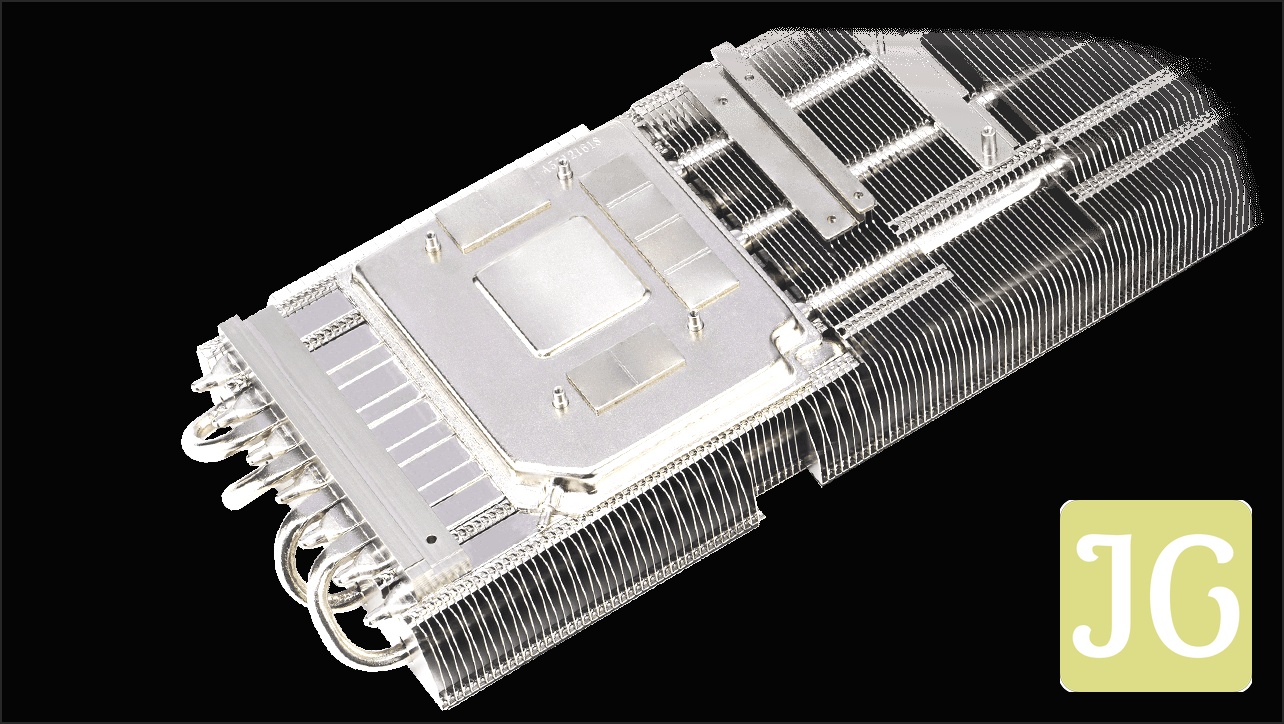
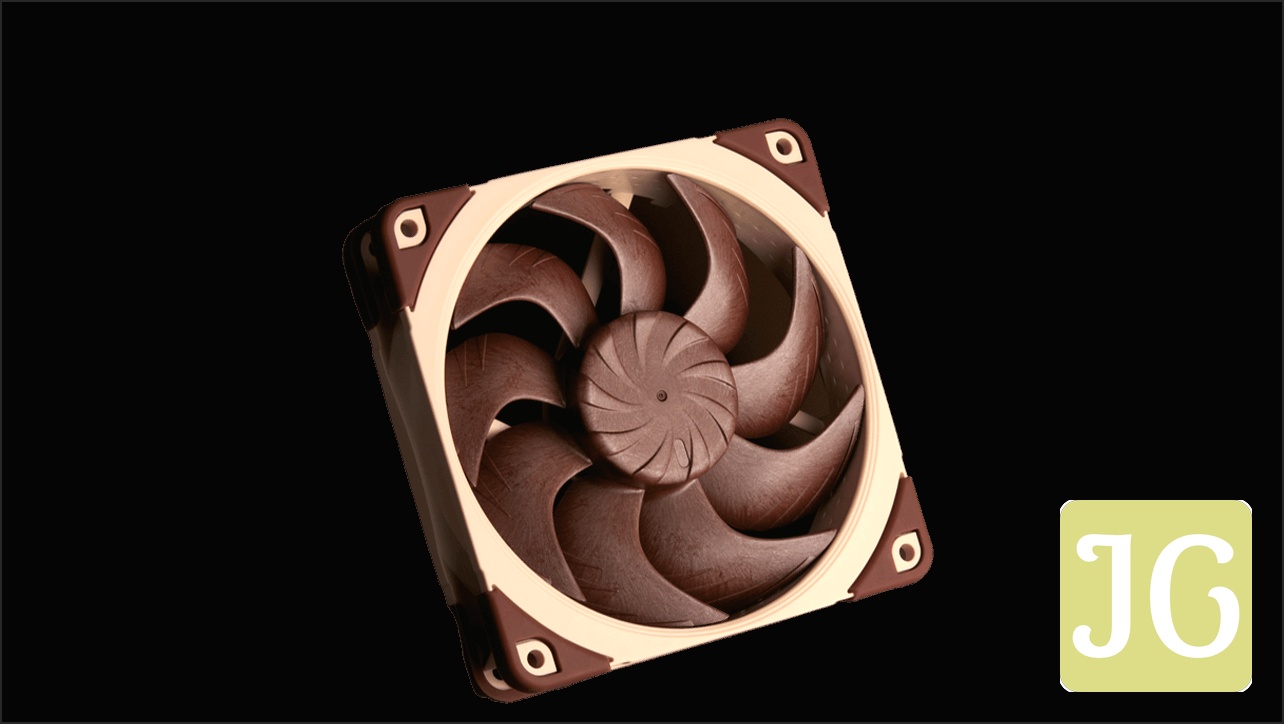

Unmatched Quiet Cooling
Internal testing shows the RTX 5080 Noctua Edition runs 6-10°C cooler than standard models and a remarkable 14.5 dB(A) quieter than ASUS’s own ROG Astral RTX 5080, even at equivalent temperatures. This is a game-changer for silent PC builds, proving that top-tier performance doesn’t have to come with a cacophony of fan noise.
The Blackwell Architecture: NVIDIA’s RTX 50 Series & The Mighty GB202
The RTX 5080 is an integral part of NVIDIA’s new Blackwell architecture, which also powers the much-coveted flagship RTX 5090. This generation represents a significant leap forward, designed not just for gaming but also for advanced AI acceleration. Blackwell features fifth-gen Tensor Cores, offering FP4 support and powering the revolutionary DLSS 4 with Multi Frame Generation, which can boost performance by turning one rendered pixel into up to 16. New Streaming Multiprocessors are optimized for neural shaders, and fourth-gen Ray Tracing Cores are built for handling ‘mega geometry,’ enabling unprecedented levels of graphical fidelity and immersion.
At the apex of this architecture sits the RTX 5090, powered by the colossal GB202 GPU. This chip is a beast, boasting 92.2 billion transistors and an astonishing 21,760 CUDA Cores. With a formidable 575W TGP (Total Graphics Power), it is unequivocally the most powerful GeForce GPU ever released. Its raw potential for silent, high-performance cooling is precisely what a Noctua collaboration would aim to tame, offering enthusiasts the ultimate blend of power and acoustic refinement. The GB202’s ability to deliver over 3,352 trillion AI operations per second (TOPS) further underscores its dual-purpose design, making it a critical component in both gaming and the rapidly expanding AI landscape.
NVIDIA GeForce RTX 50 Series Key Specifications (Select Models)
- RTX 5090 (GB202)
- 21,760 CUDA Cores, 32 GiB GDDR7, 512-bit, 575W TGP
- RTX 5080 (GB203)
- 10,752 CUDA Cores, 16 GiB GDDR7, 256-bit, 360W TGP
- RTX 5070 Ti (GB203)
- 8,960 CUDA Cores, 16 GiB GDDR7, 256-bit, 300W TGP
The Core Conflict: GB202 Supply & NVIDIA’s AI Prioritization
Here lies the crux of the matter, the central tension that defines the current high-end GPU market. Despite the RTX 5090’s official release and its undeniable performance supremacy, an RTX 5090 Noctua Edition remains a distant, perhaps even mythical, dream. According to Noctua’s Press and PR Manager, Jakob Dellinger, the primary obstacle isn’t a lack of engineering will or design, but rather NVIDIA’s current inability to supply enough GB202 dies. The Blackwell architecture, while underpinning the consumer RTX 50 series, was primarily designed with data centers and AI acceleration in mind. The immense, insatiable demand for AI chips, particularly the B100, means that the limited GB202 production is largely and strategically allocated to the far more lucrative workstation and server cards. This leaves an insufficient supply for a consumer-grade RTX 5090 Noctua Edition, even as AIB partner cards regularly sell hundreds of dollars above MSRP due to overwhelming demand. This prioritization underscores a significant shift in NVIDIA’s business strategy, where AI profits are clearly taking precedence over catering to the premium gaming enthusiast market.
Nvidia currently lacks sufficient GB202 chip production… exacerbated by the RTX 5090’s insane market demand since its release, leading to AIB partner cards regularly selling hundreds of dollars above MSRP. While Nvidia has recently released more GB202-powered GPUs, such as the RTX Pro 6000 Blackwell workstation and server cards, these allocations do not currently support a consumer-grade RTX 5090 Noctua Edition.
Fandom’s Frustration: Price, Value, and the Unrealized Dream
The enthusiast community’s reaction to this situation is a complex mix of desire, disappointment, and palpable frustration. While the RTX 5080 Noctua Edition is widely lauded for its superior quiet cooling and thermal performance, its significant premium price point—approximately 50% higher than the MSRP for other 5080 models—and the stark absence of a 5090 variant spark heated and often angry debate. Many gamers feel that such advanced, overbuilt cooling is ‘wasted’ on a 5080 when the true thermal challenge and enthusiast desire lie squarely with the top-tier 5090. This sentiment is amplified by the perception of NVIDIA’s ‘artificial scarcity’ tactics, where the company’s prioritization of more profitable AI markets over the gaming segment is seen as a direct cause of inflated prices and limited availability for flagship gaming GPUs. There’s a deep-seated frustration that the ultimate silent gaming GPU, one that could truly tame the 5090’s power, remains out of reach due to market forces beyond their control.
Community Sentiment: The RTX 5080 Noctua & The Missing 5090
Pros
- Acknowledges the RTX 5080 Noctua’s superior quiet cooling and thermal performance, setting a new benchmark for air-cooled GPUs.
- Appreciation for ASUS and Noctua’s continued engineering collaboration, consistently delivering overbuilt and efficient cooling solutions.
- Recognition of the RTX 5080 Noctua as a top-tier option for users prioritizing silent PC builds, offering unmatched acoustics.
Cons
- Strong desire for an RTX 5090 Noctua Edition, which is widely seen as the ‘true’ application for such high-end, silent cooling technology.
- Frustration over the RTX 5080 Noctua’s significant price premium, leading to questions about its overall value proposition compared to other 5080s.
- Anger and resignation regarding NVIDIA’s perceived prioritization of AI over gaming GPU supply, particularly concerning the allocation of GB202 dies.
- Skepticism about the long-term value of investing in a premium-cooled 5080 when the more powerful 5090 remains largely out of reach in a Noctua variant.
A Legacy of Silent Power: The ASUS x Noctua Partnership
The collaboration between ASUS and Noctua is not a fleeting trend; it’s a storied partnership that has consistently delivered some of the most overbuilt and acoustically refined air-cooled NVIDIA graphics cards in the market. From the groundbreaking RTX 3070 Noctua Edition to the formidable RTX 4080 Super Noctua Edition, these joint ventures have repeatedly proven that air cooling, when executed with meticulous engineering, can rival and sometimes even surpass AIO and custom water-block solutions in terms of performance-to-noise efficiency. This impressive history, marked by five successful GPU collaborations, makes the current situation even more frustrating for enthusiasts. The blueprint for a silent, powerful 5090 Noctua clearly exists within this proven partnership, yet market forces prevent its realization. This ongoing alliance, underscored by comments from ASUS Corporate Vice President Kent Chien and Noctua CEO Roland Mossig, is a beacon of what’s possible, and thus, a painful reminder of what could be.
- ASUS GeForce RTX 3070 Noctua Edition
- ASUS GeForce RTX 3080 Noctua Edition
- ASUS GeForce RTX 4080 Noctua Edition
- ASUS GeForce RTX 4080 Super Noctua Edition
- ASUS GeForce RTX 5080 Noctua Edition
The Theoretical RTX 5090 Noctua Edition: What Could Have Been
If NVIDIA’s GB202 supply issues were to miraculously resolve, allowing for a consumer-grade RTX 5090 Noctua Edition, what would such a card truly look like? Given the RTX 5090’s substantial 575W TGP, Noctua has already indicated they would be ready to optimize the heatsink design for such a challenge. This would undoubtedly involve an even larger, more robust heatsink than the already impressive 5080 variant, potentially incorporating an advanced vapor chamber design akin to the ASUS ROG Astral for maximum heat transfer. It would almost certainly maintain, if not enhance, the groundbreaking triple 120mm fan configuration, leveraging the latest NF-A12x25 G2 fans to their fullest potential. Such a card would be meticulously designed to silently tame the absolute peak of consumer GPU power, offering unmatched thermal performance and acoustics. It would be a true ‘King of Silence’ for the most demanding enthusiasts, a monument to engineering that would redefine the limits of air cooling for high-end gaming, delivering ultimate performance without the intrusive noise.
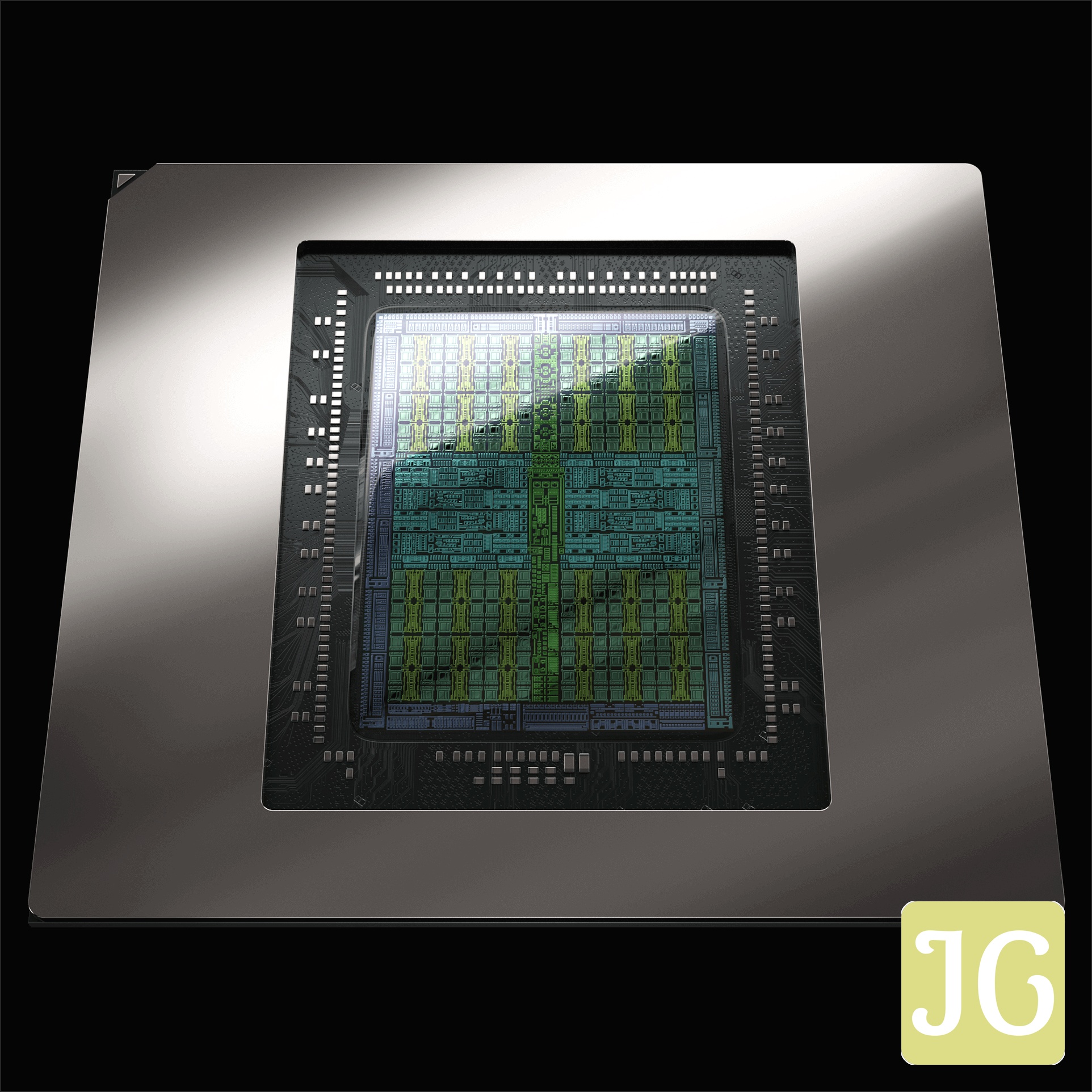
Broader Implications: AI, Gaming, and the Future of High-End GPUs
The absence of an RTX 5090 Noctua Edition due to GB202 supply constraints is more than just a missed opportunity for a niche group of enthusiasts; it’s a profound symptom of a larger, transformative industry trend. NVIDIA’s strategic pivot towards AI and data center dominance is fundamentally reshaping the landscape of GPU production and allocation. While gaming remains a core market for NVIDIA, the astronomical profits generated by AI chips mean that consumer-grade GPUs, especially those utilizing flagship dies, may increasingly take a backseat in terms of supply priority. This shift could lead to continued artificial scarcity, persistently higher prices for top-tier gaming hardware, and a slower rollout of the most advanced consumer GPUs. The gaming community is thus forced to grapple with a new reality: the pursuit of the ‘ultimate’ gaming experience is now increasingly dictated not just by technological innovation, but by external market forces that prioritize enterprise AI over consumer entertainment. This is a critical juncture, signaling a future where gaming hardware supply becomes a collateral effect of the AI boom.
The Silent Battle Continues
The ASUS RTX 5080 Noctua Edition stands as a towering testament to what’s possible in quiet, high-performance air cooling, pushing the boundaries of thermal management for gaming GPUs. Yet, its very existence, a beacon of engineering excellence, only amplifies the longing and frustration for its mythical older sibling: the RTX 5090 Noctua Edition. For now, the dream of the ultimate silent gaming GPU remains unrealized, a poignant victim of NVIDIA’s strategic pivot towards the insatiable demands of the AI market. Enthusiasts are left to hope that future production capacities or a significant shift in market dynamics will eventually allow this silent giant to claim its rightful crown. But until then, the battle for top-tier gaming silicon will continue to be fought on two very different, and increasingly divergent, fronts: the pursuit of gaming immersion and the relentless march of artificial intelligence.
Frequently Asked Questions About the RTX 50 Series Noctua Editions
Why isn’t there an RTX 5090 Noctua Edition?
NVIDIA is currently facing significant supply constraints for its flagship GB202 dies, which power the RTX 5090. These highly sought-after dies are primarily being allocated to more profitable AI and workstation cards, leaving insufficient supply for a consumer-grade RTX 5090 Noctua Edition, despite strong enthusiast demand.
How good is the cooling on the RTX 5080 Noctua Edition?
It’s exceptionally good, setting a new standard for air-cooled GPUs. It features a groundbreaking triple 120mm Noctua NF-A12x25 G2 fan setup, an optimized vapor chamber, and eleven heatpipes. Benchmarks confirm it runs significantly cooler and quieter than other RTX 5080 variants, even ASUS’s own ROG Astral models.
What is the price difference for the RTX 5080 Noctua Edition?
The RTX 5080 Noctua Edition currently retails at a significant premium, approximately 50% higher than the MSRP of other RTX 5080 models. This substantial price difference has led to considerable community frustration regarding its overall value proposition.
Will a 5090 Noctua Edition ever be released?
Noctua has indicated they would be ready to optimize a heatsink design for the RTX 5090’s 575W TDP if NVIDIA’s GB202 supply for consumer gaming GPUs improves. However, there is currently no official timeline or guarantee, as the decision rests largely with NVIDIA’s chip allocation strategy.
What is NVIDIA’s Blackwell architecture?
Blackwell is NVIDIA’s latest GPU architecture, designed for both gaming and AI acceleration. It introduces advancements like fifth-gen Tensor Cores (for DLSS 4), new Streaming Multiprocessors optimized for neural shaders, and fourth-gen Ray Tracing Cores, significantly boosting performance, AI capabilities, and graphical fidelity across the RTX 50 Series.
Sources
- Noctua Official Announcements (Roland Mossig, Jakob Dellinger quotes)
- ASUS Official Announcements (Kent Chien quotes, RTX 5080 Noctua Edition unveiling)
- NVIDIA White Paper (Blackwell architecture, RTX 50 Series specifications)
- Forbes: “Nvidia RTX 5090 Graphics Card Review — Get Neural Or Get Left Behind” (January 23, 2025)
- Kopite7kimi (leak on Blackwell gaming GPU configurations)
- wccftech.com (reporting on Kopite7kimi’s leak)
- CGMagazine (RTX 3070 Noctua Edition review benchmarks)
- Scan Computers (RTX 5080 Noctua Edition pricing)
- Fandom Pulse Report (emotional analysis of community discussions)

